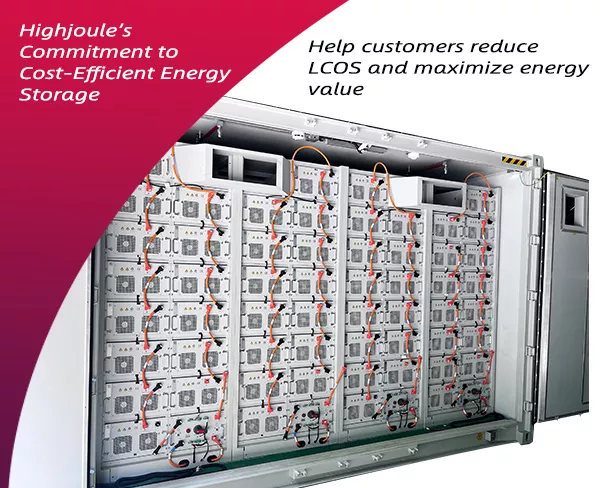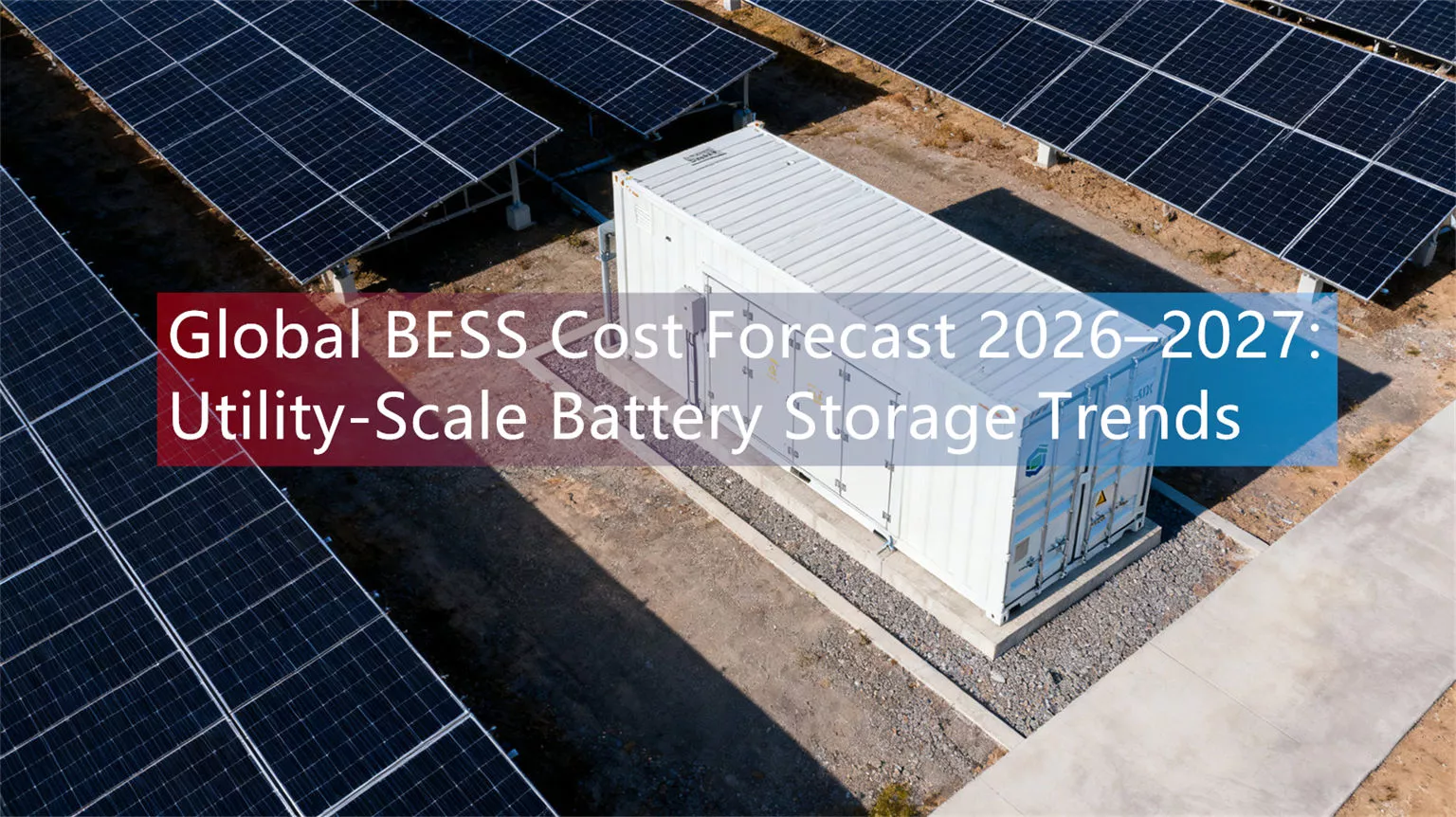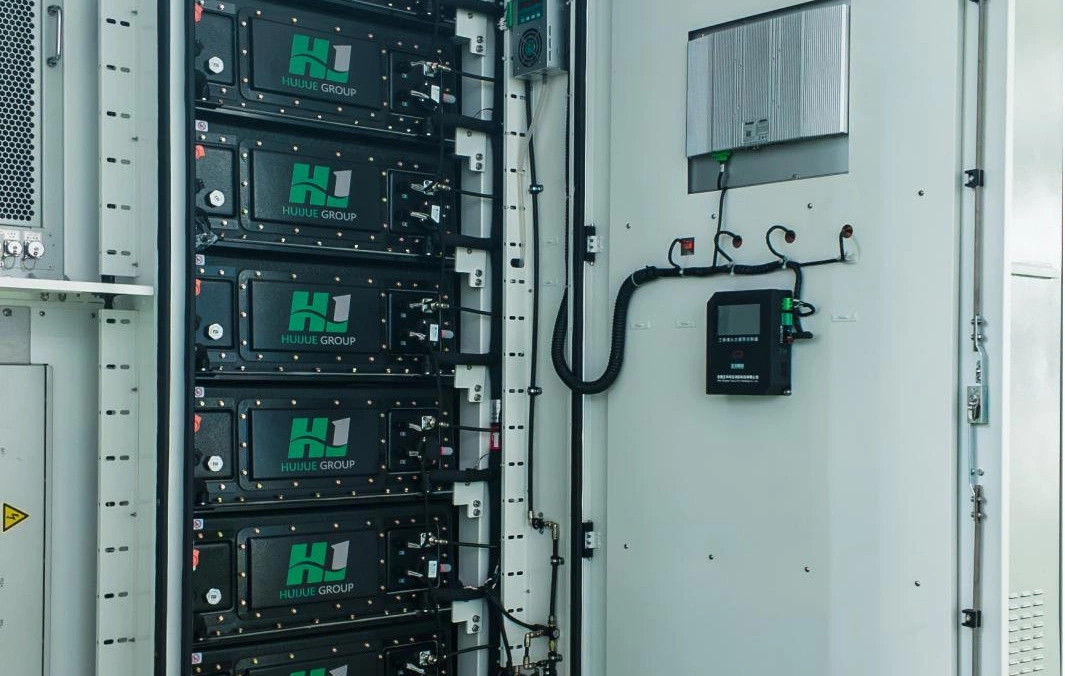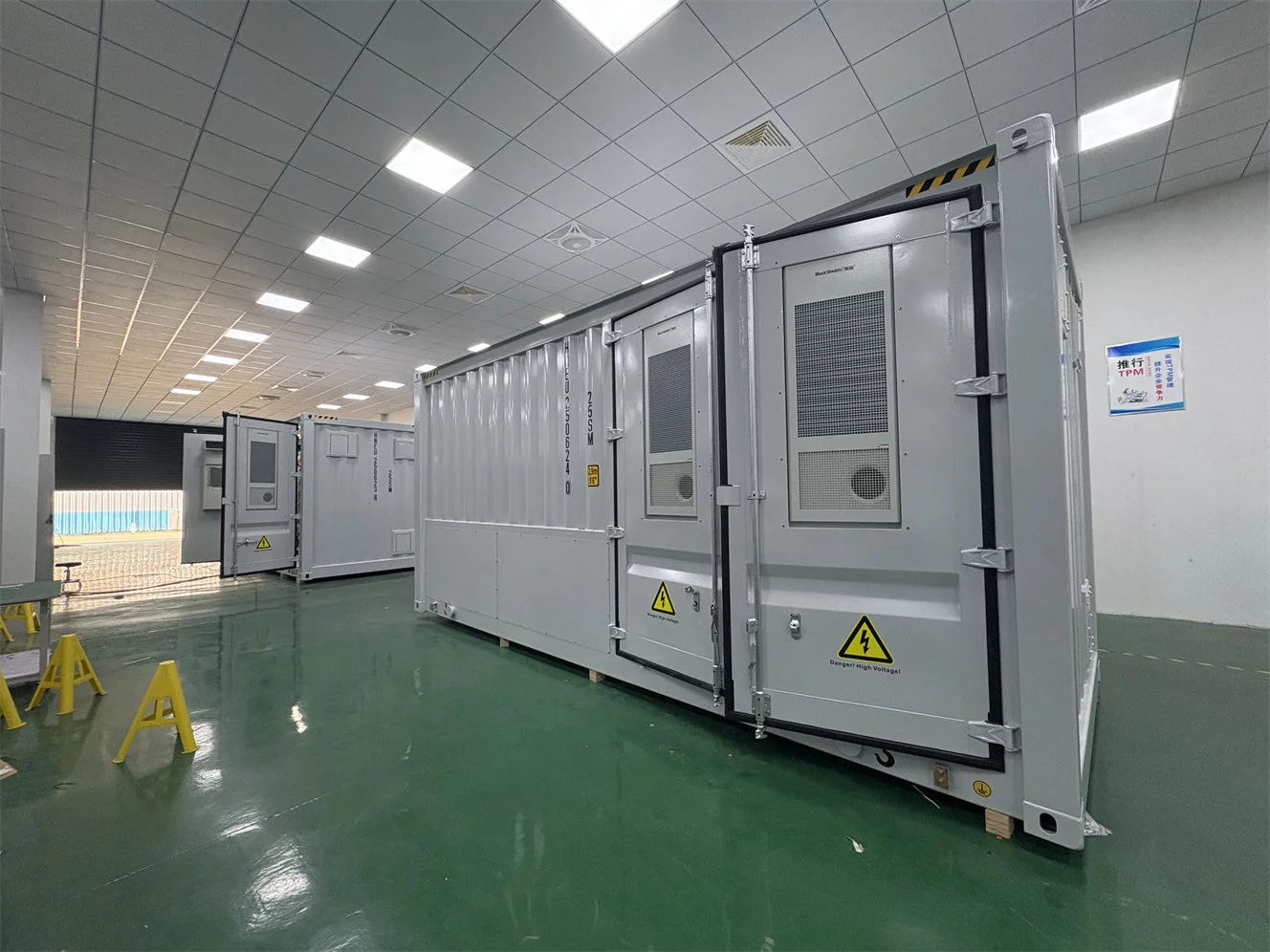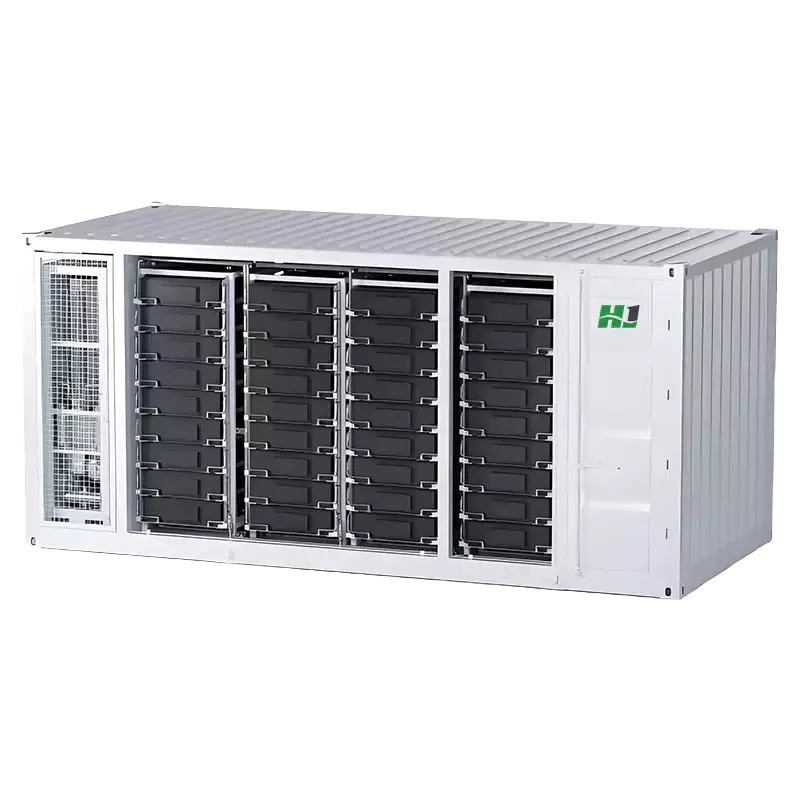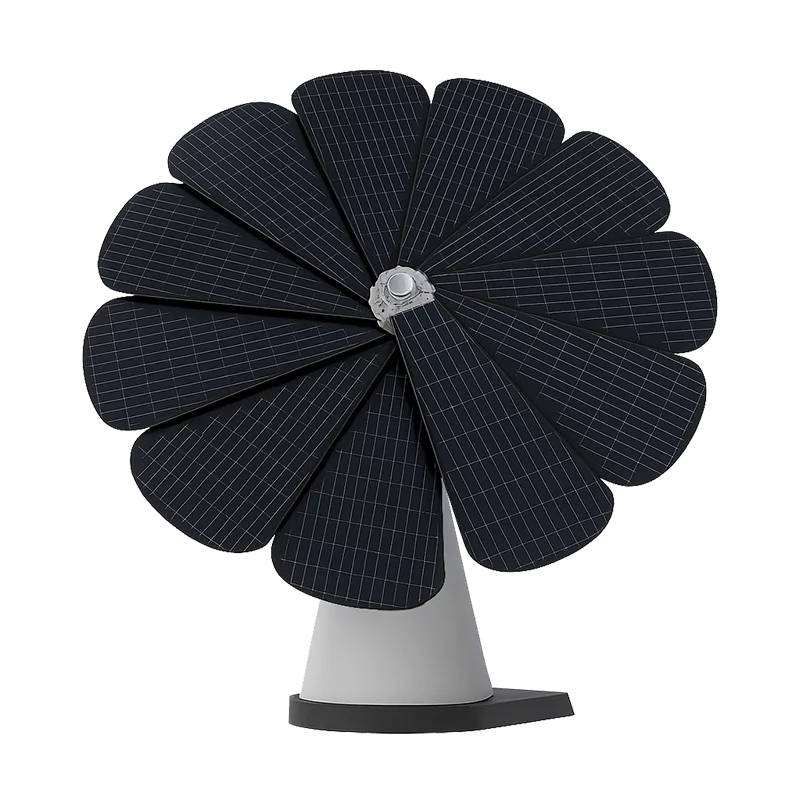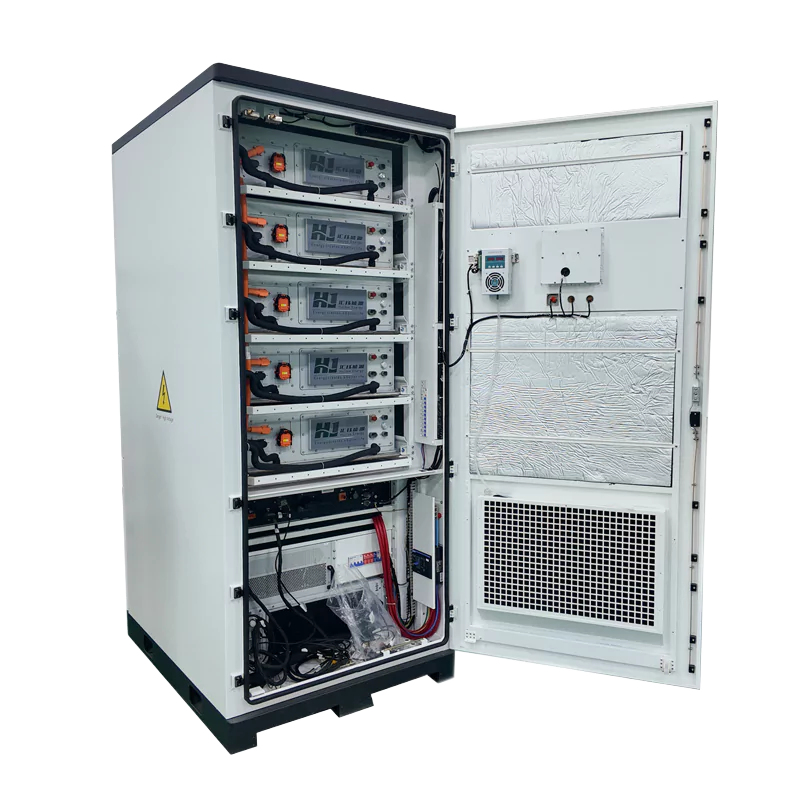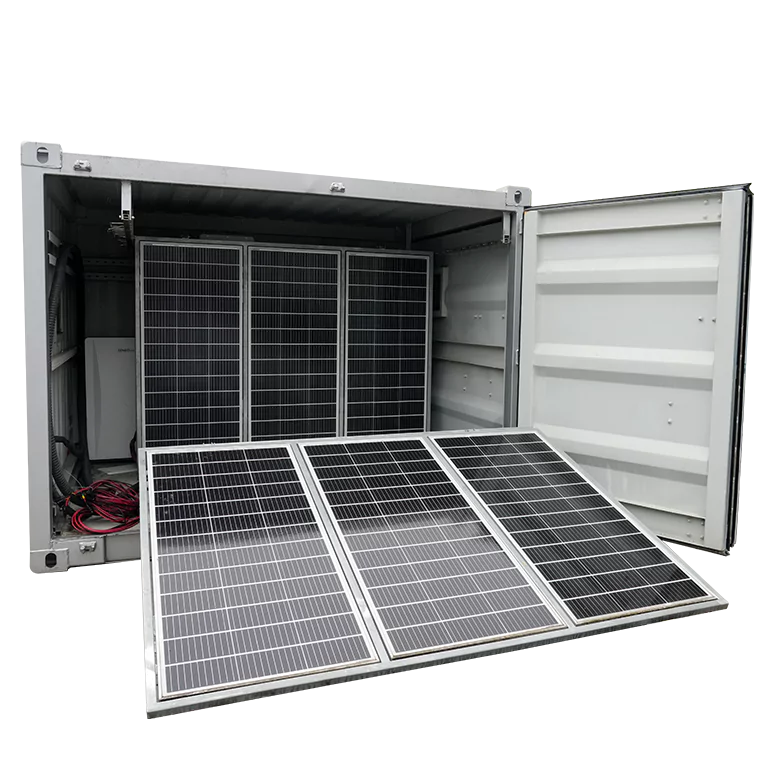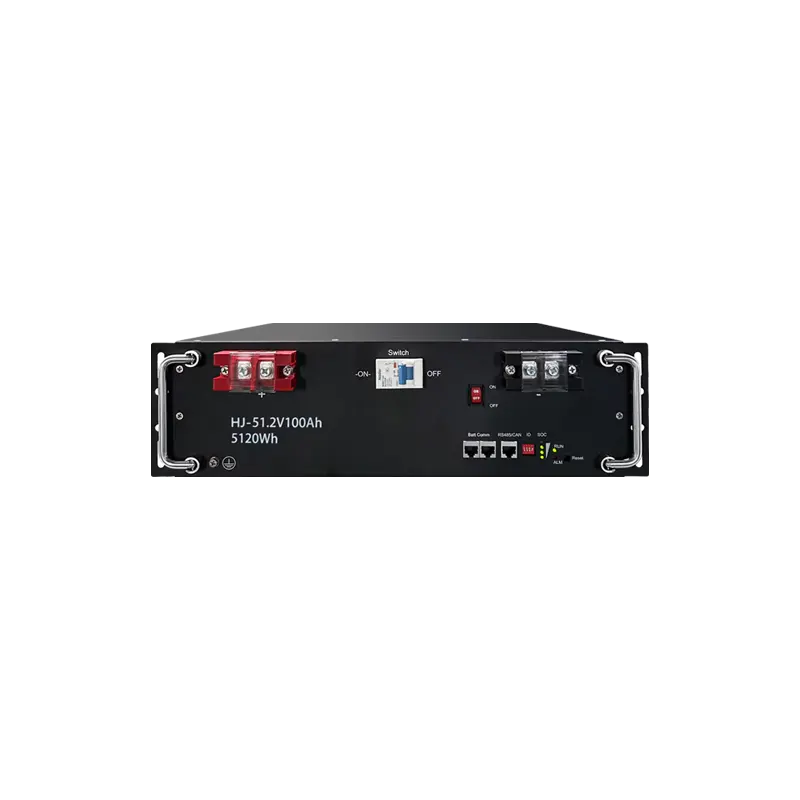Understanding BESS LCOS: A Comprehensive Guide
Understanding BESS LCOS: A Comprehensive Guide to Battery Energy Storage System Levelized Cost of Storage
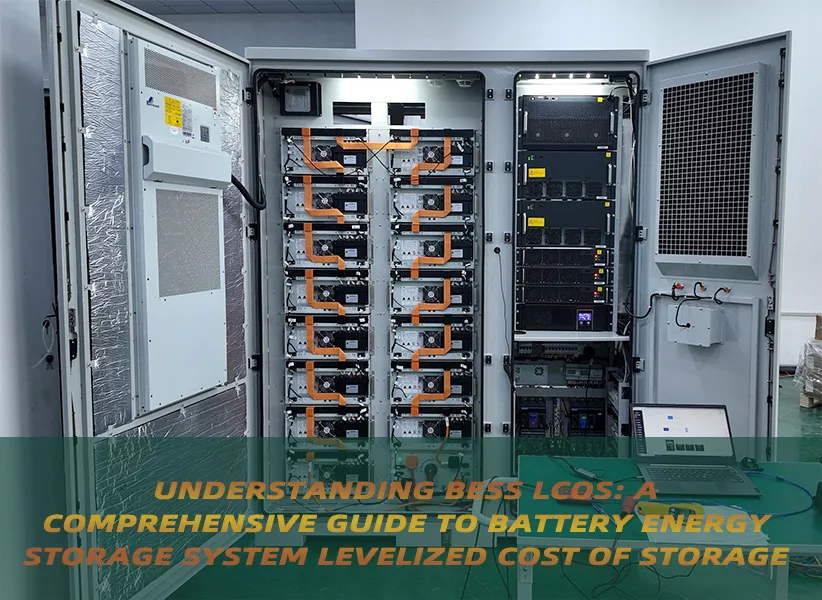
In the rapidly growing field of energy storage, Battery Energy Storage Systems (BESS) have emerged as a key technology for stabilizing power grids, enabling renewable energy integration, and optimizing electricity usage. A fundamental metric to evaluate the financial performance and competitiveness of these systems is the Levelized Cost of Storage (LCOS) — a measure of the average cost per unit of energy stored and delivered over the lifetime of a system.
What is BESS LCOS?
LCOS (Levelized Cost of Storage) is calculated by dividing the total lifetime cost of a BESS by the total energy it delivers, adjusted for the time value of money through discounting. This provides a standardized way to compare the economic efficiency of different storage technologies, configurations, and applications.
Key Cost Components of LCOS
- Capital Expenditure (CAPEX): The upfront investment to purchase and install system components — including batteries, inverters, transformers, and control systems.
- Operation and Maintenance (O&M) Costs: Routine inspections, software updates, component replacements, and service labor throughout the system’s operational life.
- Battery Degradation: The gradual reduction of usable capacity due to cycling and aging, which decreases the amount of energy that can be stored and delivered.
- Charging Costs: The cost of electricity used to charge the batteries, which can significantly influence LCOS depending on market rates and grid conditions.
- Discount Rate: Reflects the time value of money, converting future costs and energy output into present-day values.
Why LCOS Matters
1. Assessing Economic Viability
LCOS indicates whether the long-term revenue generated by energy storage exceeds the total costs. A lower LCOS signals a more economically attractive project.
2. Comparing Technologies
By providing a unified metric, LCOS allows developers and investors to benchmark different battery chemistries, such as lithium-ion, sodium-ion, or flow batteries, under consistent assumptions.
3. Market Competitiveness
Understanding LCOS helps project developers evaluate their competitive position in electricity markets, including energy arbitrage or frequency regulation services.
4. Guiding Investment Decisions
Investors use LCOS as a transparent metric to estimate return on investment (ROI) and assess the risk profile of energy storage projects.
How to Calculate LCOS
The formula can be expressed as:
LCOS = Present Value of Total Costs / Present Value of Total Energy Delivered
Total Costs include CAPEX, O&M, degradation, and charging expenses. Total Energy Delivered represents the discounted lifetime energy output. The Discount Rate accounts for the time value of money, ensuring consistent present-day evaluation of costs and energy output.
Example (simplified): If the total discounted cost of a 10-year BESS project is RMB 1.6 million and its total discounted energy output is 500,000 kWh, then LCOS = 1.6 million / 500,000 = RMB 3.2 /kWh. In practice, real-world LCOS is typically lower due to efficiency gains and economies of scale.
Market Insights and Real-World Applications
A recent analysis in Romania examined LCOS across various BESS configurations, highlighting how regional energy prices, degradation rates, and cycle frequency impact lifetime economics. Globally, lithium-ion system costs have dropped significantly — as of early 2024, LCOS for Li-ion BESS has reached approximately RMB 0.3–0.4 /kWh, with ongoing innovations expected to push it lower (BloombergNEF, Lazard, NREL).
👉 Get a Quote for Highjoule’s Cost-Efficient Energy Storage Solutions
Highjoule’s Commitment to Cost-Efficient Energy Storage
Highjoule specializes in integrated solar + storage solutions that help customers reduce LCOS and maximize energy value. Our product portfolio includes residential hybrid systems, commercial and industrial liquid-cooled cabinets, containerized energy storage solutions, and smart EMS (Energy Management Systems) — all engineered for safety, scalability, and long-term reliability. From single-home setups to multi-megawatt installations, Highjoule delivers turnkey BESS solutions designed for global deployment.
Conclusion
The Levelized Cost of Storage (LCOS) is the key financial indicator defining the economic viability of modern energy storage projects. By understanding and optimizing LCOS, developers, investors, and utilities can make data-driven decisions that improve project returns and accelerate the transition to clean energy.
Highjoule continues to innovate, delivering energy storage technologies that make sustainable power both accessible and affordable.
FAQs
Q1: What is the current LCOS for lithium-ion BESS?
Levelized Cost of Storage (LCOS) for Lithium-Ion Battery Energy Storage Systems (BESS) in USD
The Levelized Cost of Storage (LCOS) for lithium-ion Battery Energy Storage Systems (BESS) does not have a single global benchmark. Costs vary depending on project scale, technology, and region. The following data from reputable sources provides an estimated reference range.
| Cost Type / Range | Value (USD) | Context Description |
|---|---|---|
| LCOS (Global Average) | ≈ $0.104 / kWh | According to BloombergNEF (BNEF), the global average LCOS for a four-hour battery energy storage system in 2025 is about $104/MWh. |
| LCOS (China Mainstream) | $0.034 – $0.048 / kWh | Industry data indicates that China’s mainstream lithium-ion BESS LCOS ranges between 0.25 – 0.35 RMB/kWh, converted at 1 USD ≈ 7.3 RMB (IRENA). |
| System Unit Cost (CAPEX) | $150 – $300 / kWh | Represents the estimated upfront investment for lithium-ion BESS; used for CAPEX calculation but not equivalent to LCOS. |
🔍 Key Factors Behind LCOS Differences
LCOS reflects the average cost per kilowatt-hour of energy stored and delivered over the system lifecycle, incorporating capital expenditure, operation and maintenance, cycle life, and financing costs. Major reasons for regional differences include:
- Project Scale and Regional Cost Structure:
Large utility-grade projects benefit from economies of scale, reducing LCOS. In contrast, U.S. and European projects often face higher EPC and tariff costs compared to China. - Battery Technology and System Integration:
Using high-capacity cells (≥314Ah) and high-energy-density battery packs improves efficiency, lowering LCOS (NREL). - Supply Chain and Material Cost Trends:
China’s mature lithium battery manufacturing ecosystem and large-scale production enable rapid cost reductions, positioning it among the lowest-cost BESS markets globally (Lazard).
💡 Summary
In summary, the global average LCOS for lithium-ion BESS is roughly $0.10/kWh, while in China it has dropped below $0.04/kWh. This highlights China’s strong advantage in manufacturing and system integration, and reflects the broader downward trend in global energy storage costs.
Q2: How does LCOS differ from LCOE?
LCOE measures the cost of generating electricity, while LCOS measures the cost of storing and delivering it, accounting for efficiency and cycle life.
Q3: Which factors most affect LCOS?
CAPEX, O&M, battery degradation, charging costs, and discount rate are the primary drivers.
Q4: Why is round-trip efficiency important?
Higher efficiency reduces energy lost during charging and discharging, directly lowering LCOS and improving profitability.
Find Your Solar + Battery Storage Specialist Now!
* Fill out this form and our experts will help you find the perfect solar storage solution for your home or business.



